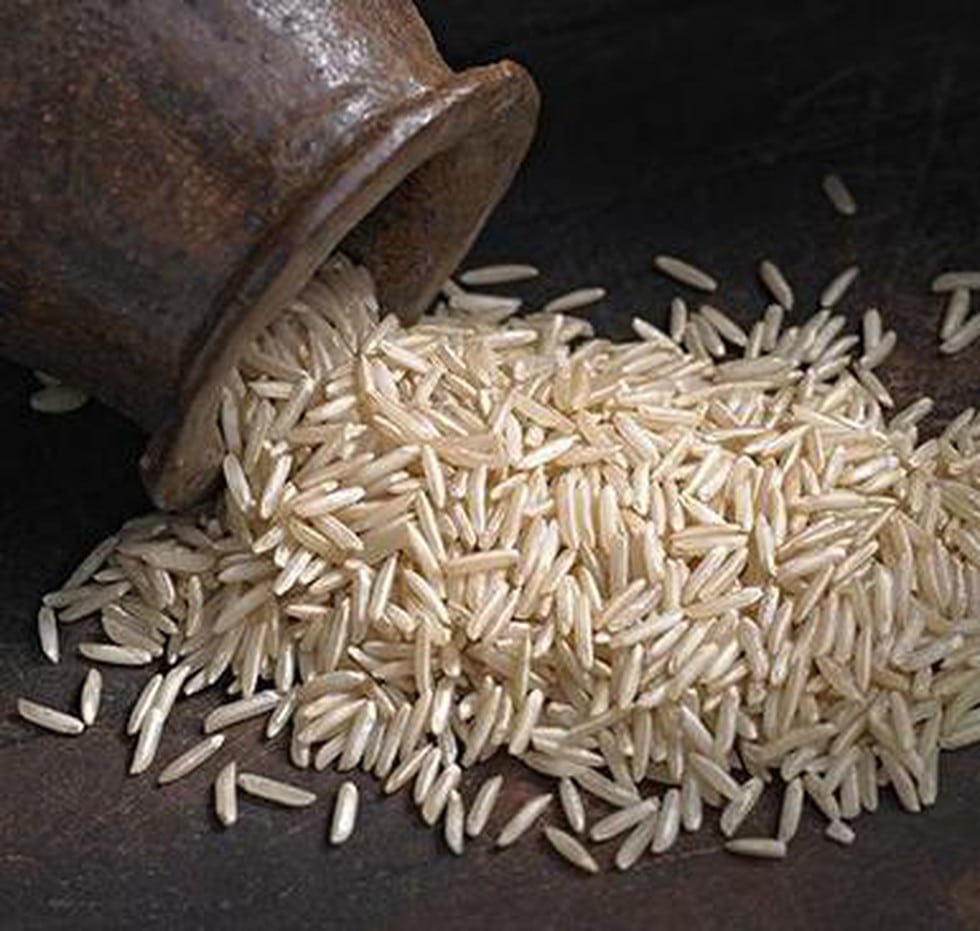About:
- Three of the five varieties can resist two common diseases of paddy.
- Bacterial leaf blight (BLB) and blast (leaf and collar) diseases caused by the fungus Magnaporthe oryzae.
New Varieties:
- New varieties are
- Pusa Basmati 1847,
- Pusa Basmati 1885 and
- Pusa Basmati 1886.
- All these varieties have two genes to resist BLB and two genes to resist blast disease.
- The other two can save 35% of the water now required as the seeds can be directly sown, obviating the need for transplanting seedlings.
- These two seeds are resistant to herbicides too, helping the farmers control weeds more efficiently.
- In the next three years, all of the five seeds will have the combined qualities of disease and herbicide resistance.
Basmati rice:
- India is known for its Basmati rice, with the produce from seven States — Jammu and Kashmir, Himachal Pradesh, Punjab, Haryana, Delhi, Uttar Pradesh and Uttarakhand — earmarked for Geographical Indication.
- Basmati, known for its mouthfeel, aroma, length of the grain when cooked and taste, has a market abroad and brings about ₹30,000 crore in foreign exchange every year.
- While 75% of the export is to West Asian countries, European Union countries also import Indian Basmati.
- However, recently, the export to EU countries faced certain hurdles due to the increase in the pesticide residue levels in the rice from India.
- Pesticides and fungicides used against these diseases increased the residue levels permitted in developed countries.
Source : The Hindu
Last updated on July, 2025
→ UPSC Notification 2025 was released on 22nd January 2025.
→ UPSC Prelims Result 2025 is out now for the CSE held on 25 May 2025.
→ UPSC Prelims Question Paper 2025 and Unofficial Prelims Answer Key 2025 are available now.
→ UPSC Calendar 2026 is released on 15th May, 2025.
→ The UPSC Vacancy 2025 were released 1129, out of which 979 were for UPSC CSE and remaining 150 are for UPSC IFoS.
→ UPSC Mains 2025 will be conducted on 22nd August 2025.
→ UPSC Prelims 2026 will be conducted on 24th May, 2026 & UPSC Mains 2026 will be conducted on 21st August 2026.
→ The UPSC Selection Process is of 3 stages-Prelims, Mains and Interview.
→ UPSC Result 2024 is released with latest UPSC Marksheet 2024. Check Now!
→ UPSC Toppers List 2024 is released now. Shakti Dubey is UPSC AIR 1 2024 Topper.
→ Also check Best IAS Coaching in Delhi















